This post was written by my sister during the original run of this series on SSC.
I was reading through what bean had posted on commercial aviation earlier, and I ran across a question about why hubs exist. As much as I love my darling brother, I don’t think the answer he gave did justice to the complex, wonderful world of airports. And yes, I am that person who actually enjoys long layovers, and thinks that the airport textbooks bean has given me for my birthday and Christmas are very good gifts. One of the highlights of my summer was sitting in an airport reading an airport management textbook. It was glorious.
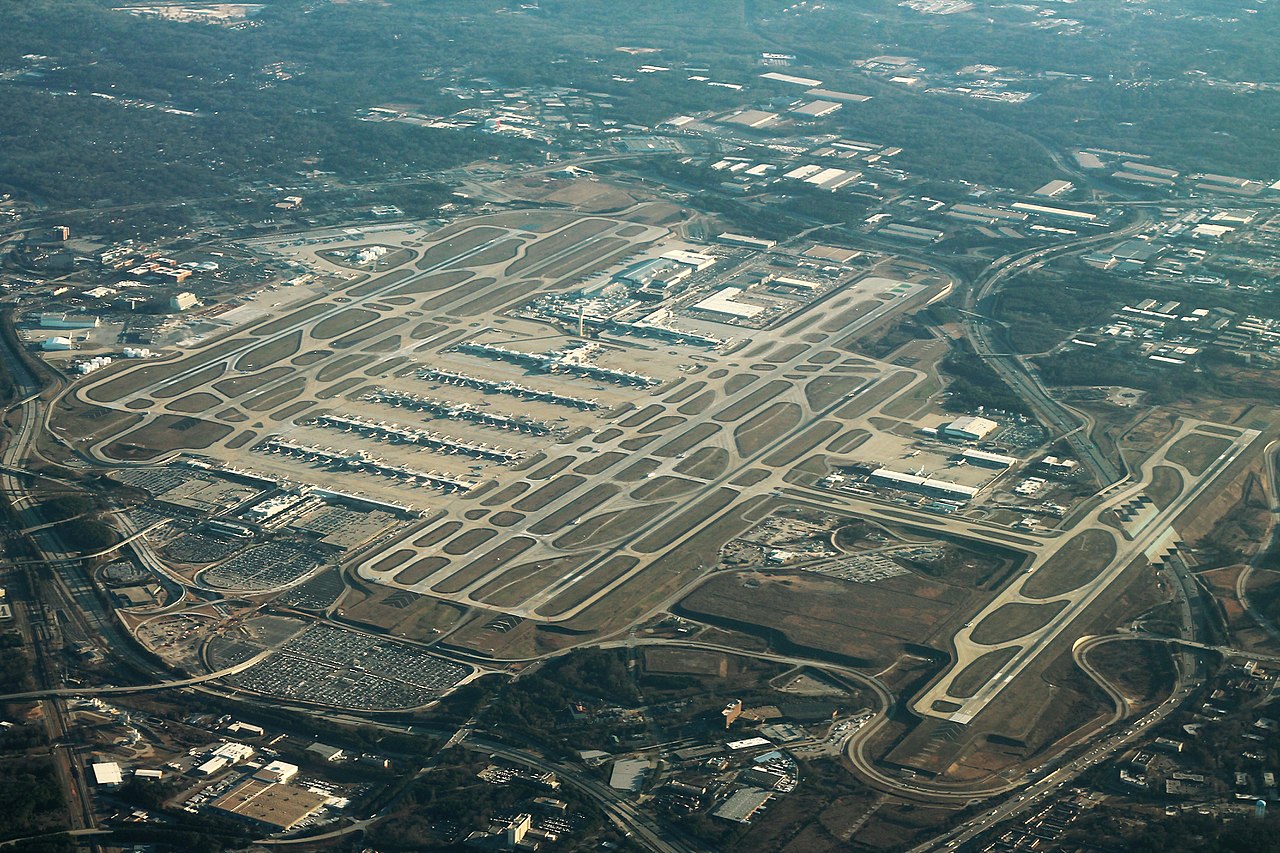
Hartsfield–Jackson Atlanta International Airport, famous as a hub for Delta
Airlines are famously a “pray really hard, cross your fingers, and hope you’ll make enough money to buy a new plane or retrofit old ones” industry. The International Air Transport Association (IATA) is expecting airlines across the world to have a near record total net profit of $29.8 billion, with a profit margin of 4.1% in 2017. The $29.8 billion number might sound really great, but that’s the net profit of all of IATA’s 278 member airlines. This works out to about $107 million per airline, which is enough to buy 89.7% of a Boeing 737 MAX9 (list price of $119.2 million as of May 2017). Granted, some of the IATA airlines made more, some made less, and some lost money, but we’ll use averages for simplicity’s sake. It’s important to remember that most airlines don’t pay full price for their planes, and the purchase of planes is generally funded by either sale of stock or large loans. Hubs save airlines a lot of money. I’ll leave an in-depth explanation of the costs of a commercial flight to someone else (ahem, bean), but, in essence, airlines only make money when their planes are in the air, and a plane costs roughly the same to fly whether it’s full or not, because the weight of an additional passenger and their baggage is a drop in the bucket compared to the empty weight of the plane itself. So, airlines make the most money off of full flights, and bleed money on the flights where half the seats are empty. Airlines have a very good incentive to run flights as full as possible. Even though I might want to travel from, say, Lawton, Oklahoma to Lewiston, Idaho, there will never be a direct flight from Lawton to Lewiston because there isn’t enough demand (or really any demand at all- let’s be honest, there’s not much in Lawton, and there’s not much in Lewiston). This is where hubs come in.
Read more...


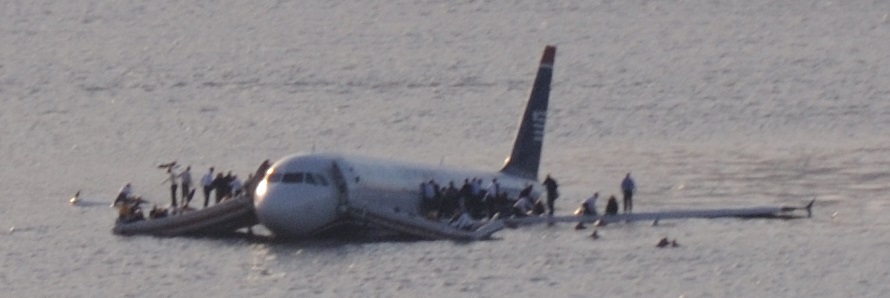
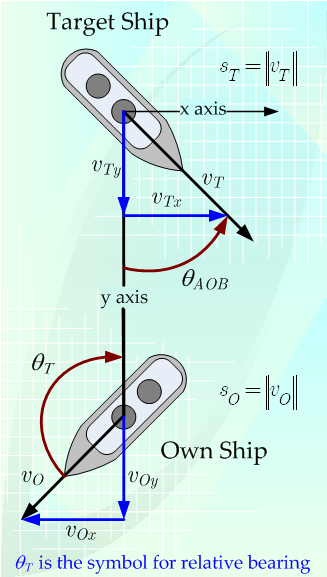

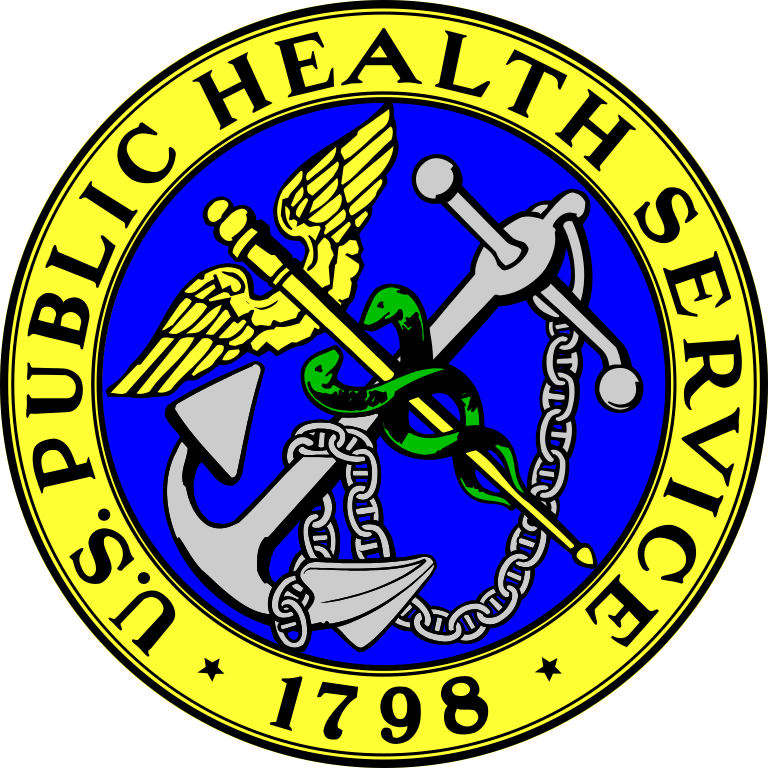
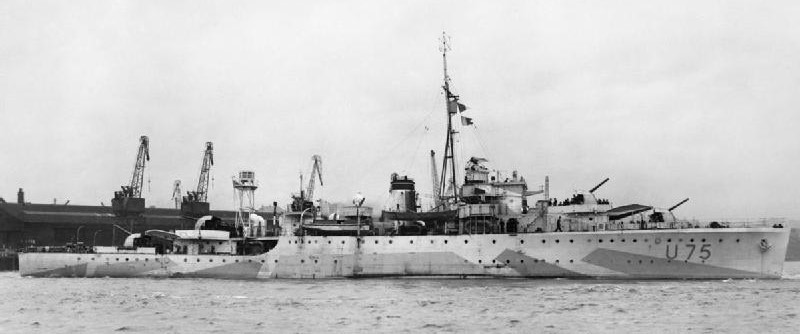


Recent Comments